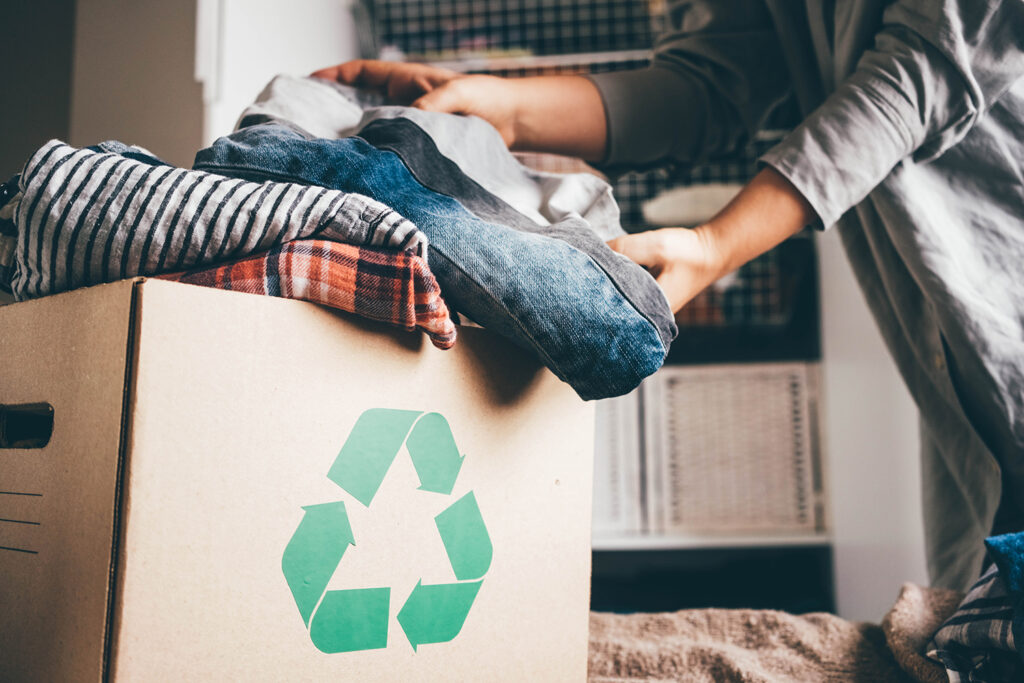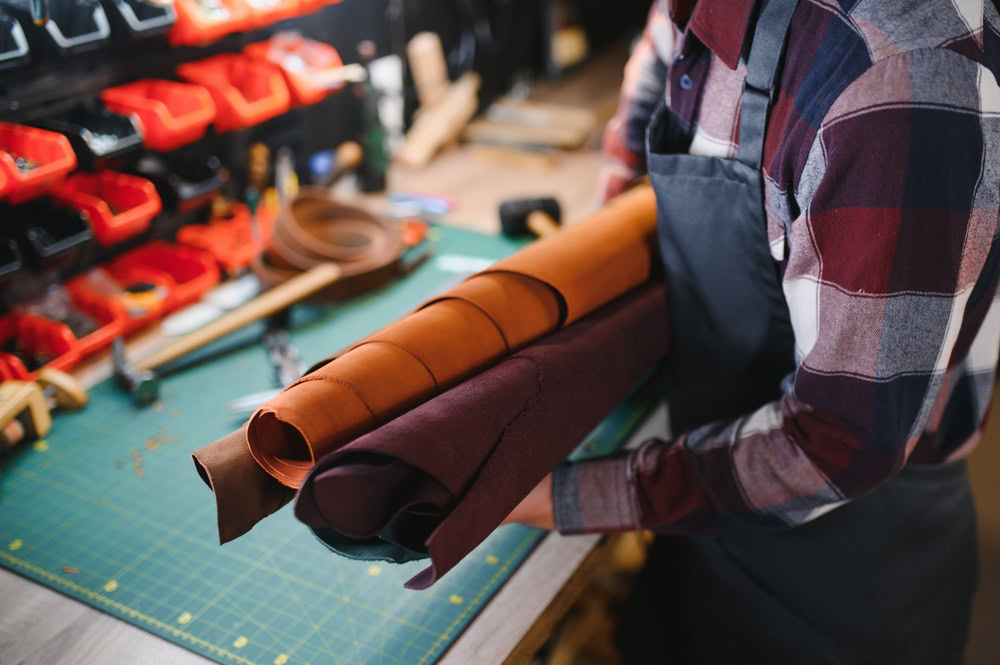The National Textile Recycling Infrastructure Plan follows two years of research and consultation across the textile value chain, from local authorities and charities to merchants, recyclers, brands and retailers.
Four pillars for circularity
The UKFT plan identifies four priority pillars for building a functioning textile recycling system:
- Infrastructure: Investment in automated sorting and pre-processing facilities, dedicated textile collection systems and regional management hubs
- Skills and workforce: Developing training and expertise across the supply chain to meet the demands of a new recycling sector
- Technology: Innovation in fibre-to-fibre recycling, digital traceability and smart logistics to improve efficiency and quality
- Market capacity and commercial viability: Creating robust end markets and value chains to ensure that recycling is not only environmentally but also economically sustainable
The plan also highlights the crucial role of government in enabling investment, mandating separate collection, and establishing extended producer responsibility (EPR) and eco-design requirements.
The plan outlines recommendations in two phases: actions needed between 2025–2030, including dedicated textile collection, automation in sorting, and public education campaigns; followed by 2030–2035 measures to scale fibre-to-fibre recycling, strengthen eco-design, and expand market demand for recycled fibres.
Adam Mansell, CEO of UKFT, commented: “The National Textile Recycling Infrastructure Plan is a call to action.
“By aligning investment, skills and innovation, the UK can cut waste, reduce environmental impact and create new economic value in textiles for decades to come.”
Growing textiles waste
According to the report, the UK is among the highest consumers of textiles globally, purchasing five times more clothing and textiles than in the 1980s.
This consumption now generates between 1.4 and 3.2 million tonnes of post-consumer textile waste annually.
Recent analysis suggested that the flow of waste is split roughly even between fashion and non-fashion items, highlighting that textile waste extends far beyond clothing to include sectors such as healthcare, hospitality, and construction.
Currently, nearly half of all UK textile waste ends up in incineration or landfill, while significant volumes are exported for sorting and recycling abroad.
Rising volumes of non-reusable textiles are putting charities, collection merchants and local authorities under pressure, with the report warning of potential market failure in the absence of stronger domestic solutions.
UKFT argued that if the UK can capture, sort, recycle and repurpose its three million tonnes of annual textile waste, the environmental benefits will be matched by significant economic gains.
A proposed national hub featuring automated sorting facilities and chemical recycling plants alone could represent a £277 million investment and support thousands of jobs, according to research by UKFT and Oxford Economics.








Subscribe for free